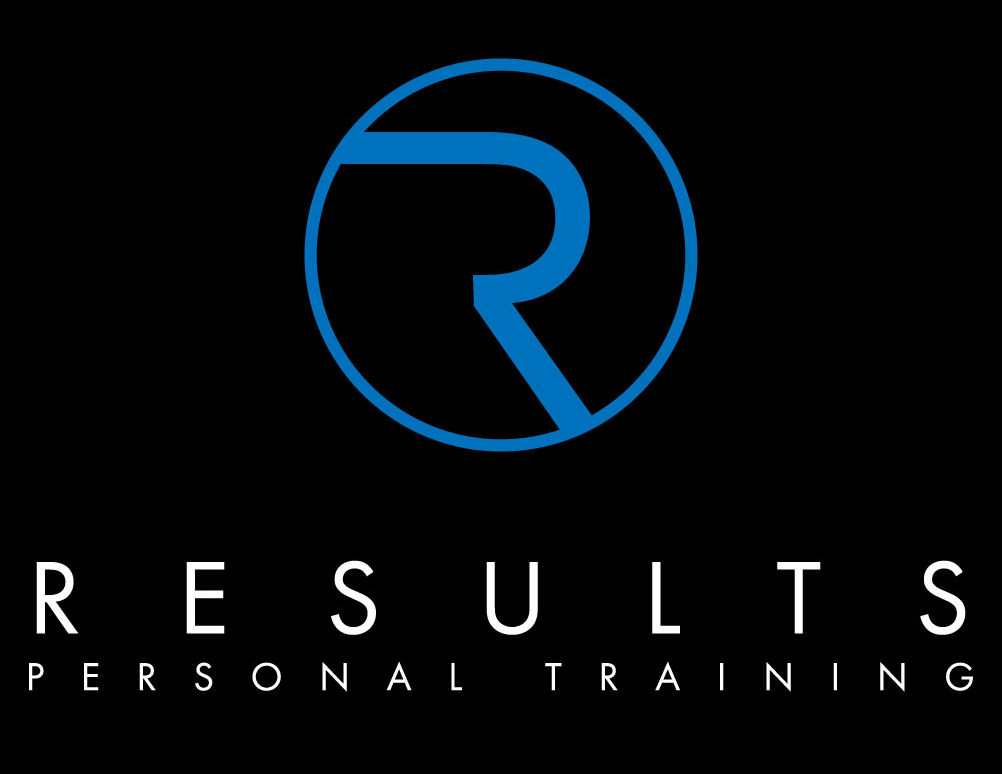Chronic and recurrent neck pain can be severely debilitating. In this article I, Paul Miller of Results Personal Training Hawkes Bay, am going to share with you some of my thoughts regarding neck pain and specifically a forward head posture. Before I get into this article I want to note that I am not a physio but someone who has spent years exploring the mechanics of the body. With that said, if you do suffer from any form of neck pain I would strongly suggest that you do go and see a Physio, Chiropractor or Osteopath.
Unfortunately one of the most frequent recommendations when it comes to neck pain is to stretch one’s Levator Scapulae.
If you are dealing with someone who has a forward head posture then their Levator Scapulae will more often than not be weak and elongated. Though stretching the Levator Scapulae will no doubt feel good, it really is only making the problem worse.
Don’t treat the symptom, treat the root cause
Why do you have a forward head posture?
Generally someone with a forward head posture has some form of Kyphosis. Kyphosis or a Kyphotic posture is often seen in the elderly and those that spend a lot of time in front of the computer. Characteristics of a Kyphotic posture is an excessive curvature of the thoracic spine (the upper portion of the back). The spine should form an ‘s’ shape but for those with Kyphosis it will resemble more of a ‘c’ shape. There are different types of Kyphosis but for the purpose of this article I will be looking at Postural Kyphosis.
With specific exercises and stretches you can start to improve your posture. resulting in less neck pain. Essentially you’re getting to the root cause of what’s going on instead of just treating the symptom.
Your body is made up of joints and those joints all serve a purpose whether it’s mobility or stability.
Ankle – Mobility
Knee – Stability
Hips – Mobility
Lower Back – Stability
Thoracic Spine – Mobility
Shoulders – Mobility/Stability
Joint Mobility/Stability Continuum
The first thing to notice with the joints is that they alternate with each other as you move from joint to joint within the body. Loss of function in one joint seems to have a direct impact on the joint above or below.
In the case of Kyphosis, the thoracic spine becomes immobile as in it starts to become stable, which is not what you want from your thoracic spine.
Here are my thoughts as to why this happens
When you sit down in a chair for long periods of time, your hips begin to tighten, losing their mobility. Now your body has to get it’s mobility from somewhere, so it looks to the next joint along be it your lower back. Then what happens is your next joint along, the thoracic spine which has been slouched over the desk naturally begins to stiffen, taking on a stability role.
How to fix Kyphosis or a head forward posture
I personally take a 4 step process in the fixing of Kyphosis. I am not going to go into specifics and this is a simplified version of the 4 step process, that said it should give you a good idea of what you need to do
Step 1 Regain mobility in your hips.
As I mentioned previously, hips tend to get tight from too much sitting. One of my favourite hip stretches is the knee hip flexor stretch
Please note that during this stretch it is imperative that you don’t over arch your back. Over arching your lower back will further exacerbate too lower back mobility. Remember it is lower back stability that you need.
Step 2 Lower back stability
What we are looking at here is core stability. A great lower back/core stability exercise is the plank. Again your take home point here is make sure your lower back isn’t sagging or arching. You need to be stable through your middle
Note A plank is a great starting exercise, but once you have mastered it you will need to progress into more challenging core/lower back stability exercises
Step 3 Thoracic Spine Mobility
As I mentioned before your thoracic spine often becomes very tight and stuck in a flexed position. Focus on getting more thoracic extension from your upper back.
Foam roller thoracic extension is perfect for this
Step 4 Neck strengthening
I mentioned before that most people will just focus on stretching or strengthening the neck. I hope I have shed some light on this topic and you now have a further understanding that you are only treating the symptom and not actually getting to the root cause. That said some neck strengthening exercises should definitely be incorporated into your program.
Here is one that I use. The chin tuck.
To Conclude
The average person may spend around 3 hours a week exercising, that’s a very small amount of time compared with the hours each day that people sit at their desk. The exercise recommendations must be accompanied by constant focus on good postural habits. If you do work from a desk make sure you get up and have a quick stretch every hour.







Recent Comments